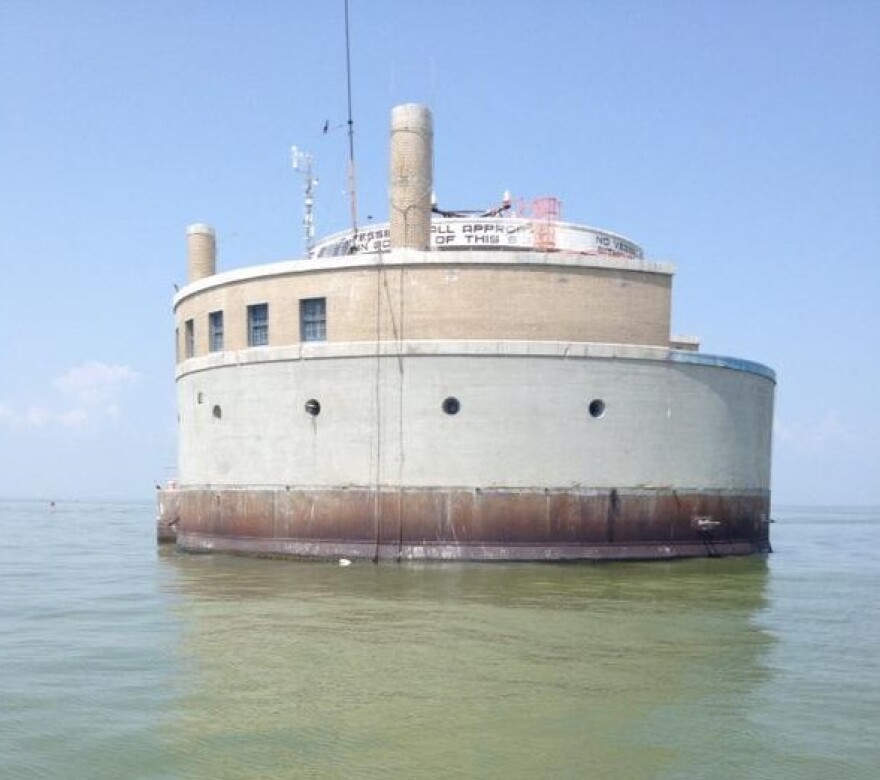Researchers predict a large cyanobacterial bloom in Lake Erie this year.
But it will probably not be as bad as 2011 and 2015, when the blooms covered a large area of western Lake Erie.
The forecast is for a 7.5 severity level. That compares to the 10.5 severity level in 2015, which set a record.
Researchers have been monitoring cyanobacterial blooms in the lake since 2002.
Rick Stumpf is with NOAA’s National Centers for Coastal Ocean Science. He says there are some things they can't predict, such as how toxic the bloom will be, and where it will end up.
The location of the bloom depends on the winds, he says, which can't be predicted.
"We do not have the ability to say is it going to be thick here (in Ohio) or is it going to be in Leamington in Ontario," says Stumpf.
Even though the bloom will be large, Stumpf says people will still be able to enjoy Lake Erie this summer.
"The bloom is not everywhere in the lake," he says. "It moves in patches around with the wind, so please assume you can find places to boat on the lake where there is no bloom; you can find places to recreate."

In 2014, a highly toxic bloom of cyanobacteria surrounded Toledo's water intake. The city issued a "do not drink" advisory for several days as a result, causing some public panic and runs on bottled water.
Cyanobacteria thrives on phosphorus flowing from farms into Lake Erie.
Most of the phosphorus comes from Ohio farms.
There are federal and state programs to encourage farms to reduce the runoff. But environmental groups say they're not effective because most are voluntary.





